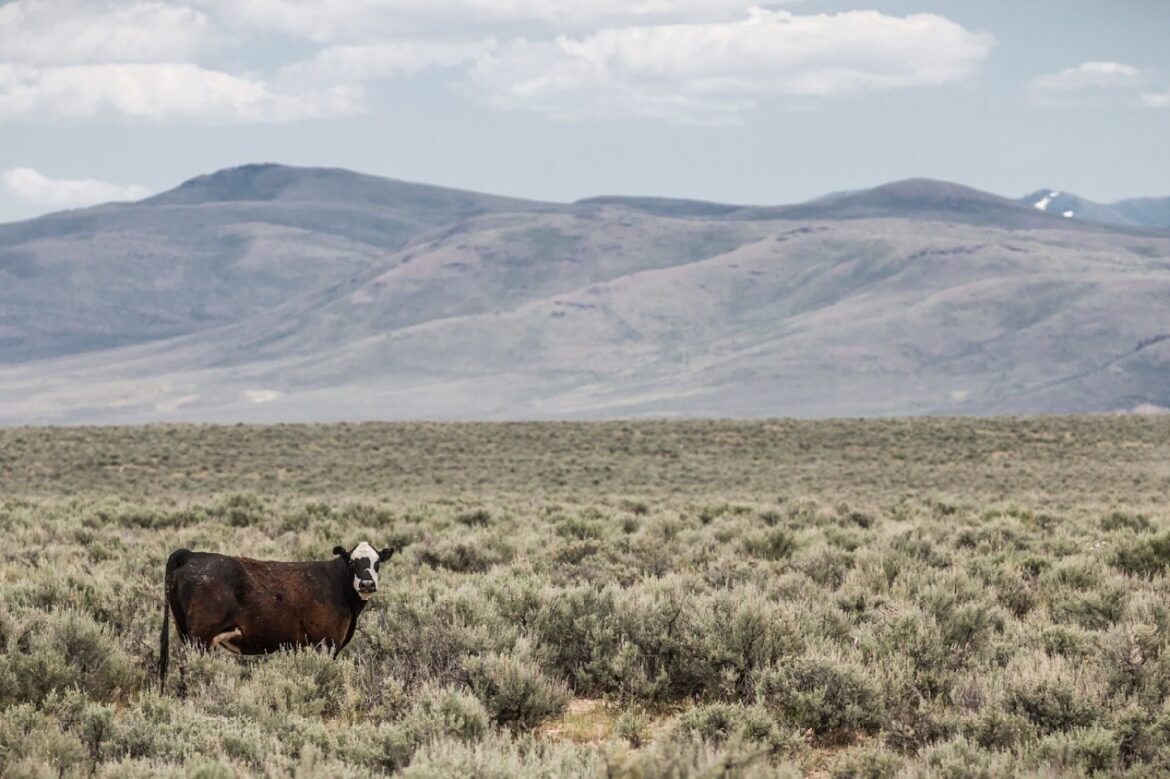A lawsuit filed by the American Farm Bureau Federation, Public Lands Council, National Cattlemen’s Beef Association, American Sheep Industry Association and 8 other groups challenges the lawfulness of the Bureau of Land Management’s Public Lands Rule, which threatens the future of ranching in the U.S. by destabilizing a decades-old tradition of grazing on federal lands. The lawsuit was filed in the U.S. District Court for the District of Wyoming.
Gary Heibertshausen, a sheep rancher from Alzada, Montana and Montana Farm Bureau Vice President, says access to public lands for livestock grazing is crucial to the success of his ranch. “If Willow Creek Partners could not graze its livestock on federal land, we would be forced to sell our sheep and cease operating as a ranch.”
Heibertshausen and his partners hold six grazing permits covering several thousand acres of federal lands. He is supporting the case, saying the BLM rule creates substantial risk and uncertainty for ranchers, adding, “Under the rule, we can no longer be certain that the public lands on which we currently rely for grazing will remain available for grazing over the coming years.”
BLM issued the final rule in May with a stated goal of increasing the health and resilience of public lands, but a lack of clarity in the rule and changes in policy that are not authorized by law make it unacceptable. The rule also makes it more difficult for ranchers to play an important role in the stewardship of public lands.
“NCBA is suing the BLM to stand up for America’s western ranchers and push back on this harmful rule that only serves as a stepping stone to removing livestock grazing from our nation’s public lands,” said NCBA President Mark Eisele, a Wyoming rancher. “Under the Federal Land Policy and Management Act, the BLM is supposed to balance the multiple uses of public lands, including livestock grazing, energy, mining, timber, and recreation. The BLM’s rule upends this multiple use system by creating a brand new use for federal lands without Congressional approval and in conflict with existing federal law. NCBA will continue working to hold the BLM accountable in federal court.”
“This rule upends the relationship between federal grazing permittees and the BLM while also opening the door to ending grazing on federal lands,” said PLC President and Colorado grazing permittee Mark Roeber. “PLC will always defend the important role of grazing on federal lands and oppose efforts that would remove grazing and compromise rural communities for the sake of a bureaucratic exercise. Public lands grazing generates over $3 billion annually in valuable ecosystem services, equating to more than $20 per public acre of land grazed by sheep and cattle. Grazing supports the environmental health of the land, reduces wildfire risk, and strengthens rural economies—all valuable reasons to protect public lands grazing in the West.”
Since the passage of the Taylor Grazing Act in 1934, livestock grazing has been a federally recognized use of public lands. Grazing provides a way to both manage the federal government’s vast land holdings in the West and ensure a productive use for land that is too steep, arid, or rocky for other uses like row crop agriculture. As a federally recognized use, NCBA and PLC continue to encourage the BLM to protect grazing and view ranchers as partners in conservation efforts.
AFBF President Zippy Duvall said, “Further restricting grazing on public lands takes us backward not forward because ranchers are delivering a return on the trust placed in them to care for public lands. They are clearing brush that could fuel wildfires, controlling invasive species, and bringing overall health benefits to the land.”
The benefits of grazing range from reducing wildfire risk and slowing the spread of invasive weeds to building robust root systems and spurring forage growth for native species. The misguided Public Lands Rule threatens the important balance our country has achieved on public lands, as well as the future stability of the many ranches that depend on grazing permits.
BLM oversees approximately 245 million acres of property in the West, which amounts to one-tenth of all U.S. land. For nearly a century, farmers and ranchers have worked with the federal government to ensure Western land can be used for both public enjoyment and agricultural use. So the rule’s changes to the management of public lands have broad implications for agriculture and the future for America’s ranchers.
Joining in the litigation is the American Exploration and Mining Association, American Forest Resource Council, American Petroleum Institute, National Mining Association, National Rural Electric Cooperative Association, Natrona County Farm and Ranch Bureau, Western Energy Alliance, and Wyoming Farm Bureau Federation.
###
AFBF/PLC


